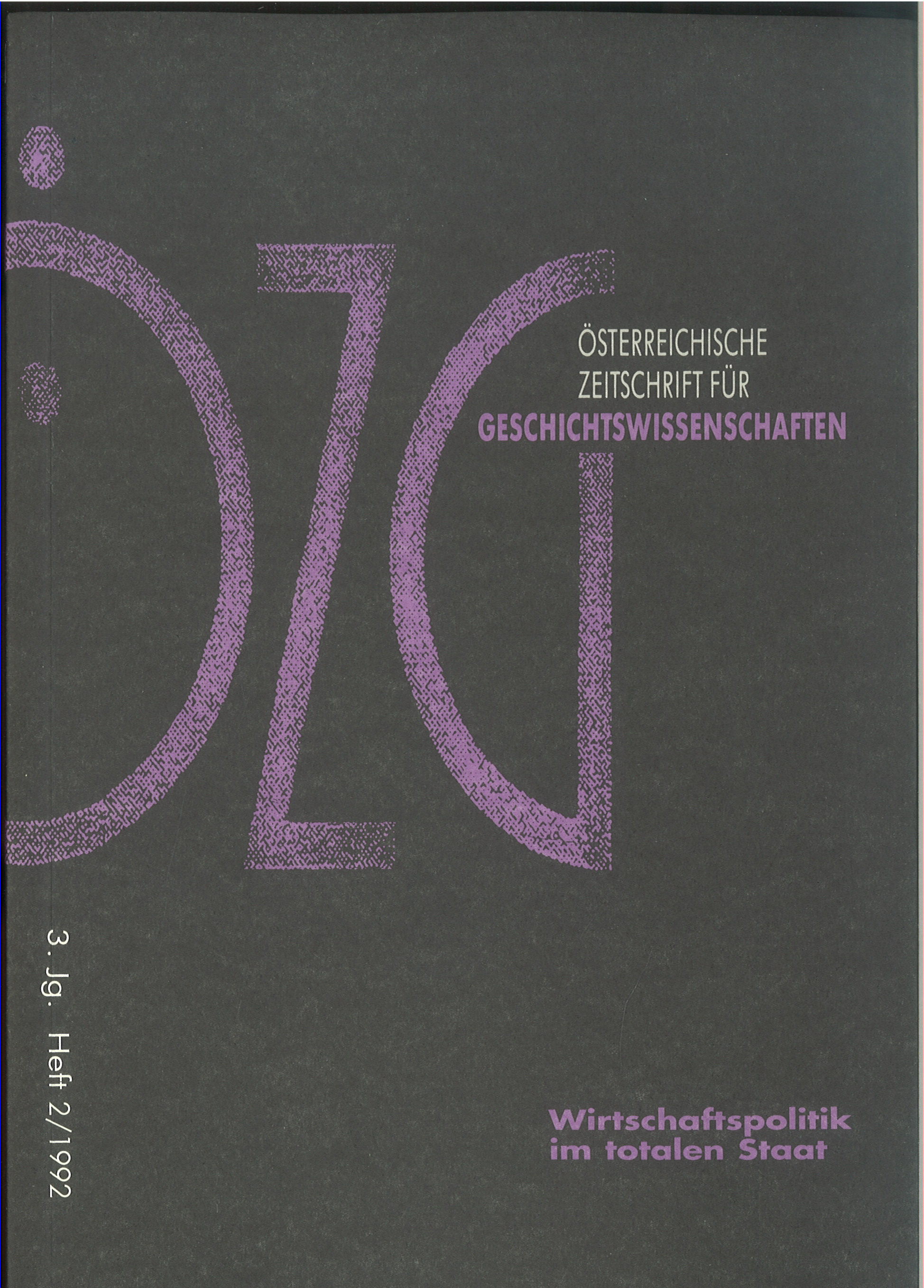Die Spuren der NS-Zeit m der österreichischen Wirtschaftsentwicklung
DOI:
https://doi.org/10.25365/oezg-1992-3-2-2Abstract
The ,Anschluß‘ in 1938 did not result in the much anticipated general surge of industrial modernisation in Austria. ‚Modern‘was only the supply with raw-materials and the mechanical equipment of the newly established military industries. After March 1938 the introduction of German currency and monetary systems resulted in a brief rise of wages and in a shortlived boom in consumption. Expanding consumer-, construction-, and military-industries created job markets, which quickly did away with unemployment. The key to this initial success of NS-economic policy lay in its Keynesian character. But investments by the Third Reich in Austria have to be seen in relation to the simultaneous confiscation of Austrian gold and foreign currency reserves. War-oriented state investments triggered an additional - if somewhat slow - private investment boom and created - through a shortlived rise in the standard of living - the material basis for broad support among the Austrian population. After the war Marshall-Plan-aid helped to rebuild the bombed-out heavy industries and to complete the unfinished electrical-power projects. Post-war Austria inherited a much augmented industrial employment-rate as well as the shift of its main industrial productions into the western provinces of the country.


